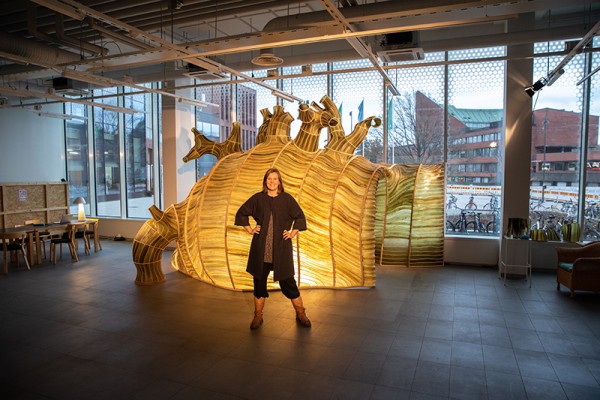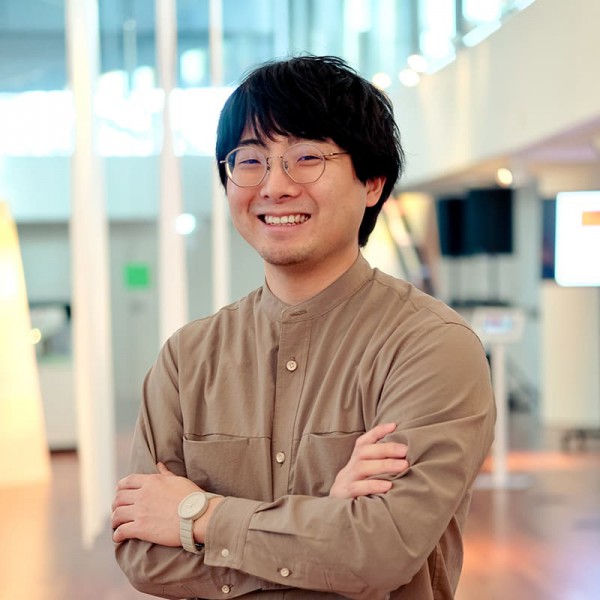Place of activity
Germany, Hamburg
Text about the artist.
Based in Hamburg, Germany, Kayoung Kim works mainly as part of a socially engaged designer collective. Kim aims to promote the democratic and autonomous use of public resources based on communication and cooperation with local communities and to solve complex problems in contemporary society by making them visible through design. A Project on Forgotten Cityscapes, which she carried out in Germany, researched the historical, social, and political background of buildings slated for demolition in Hamburg and archived the private stories accumulated in the spaces. Every year since 2022, Kim has been creating art related to the conflicts of the Korean government’s cultural property restoration projects with residents in Pungnap-dong, Songpa-gu, Seoul.









